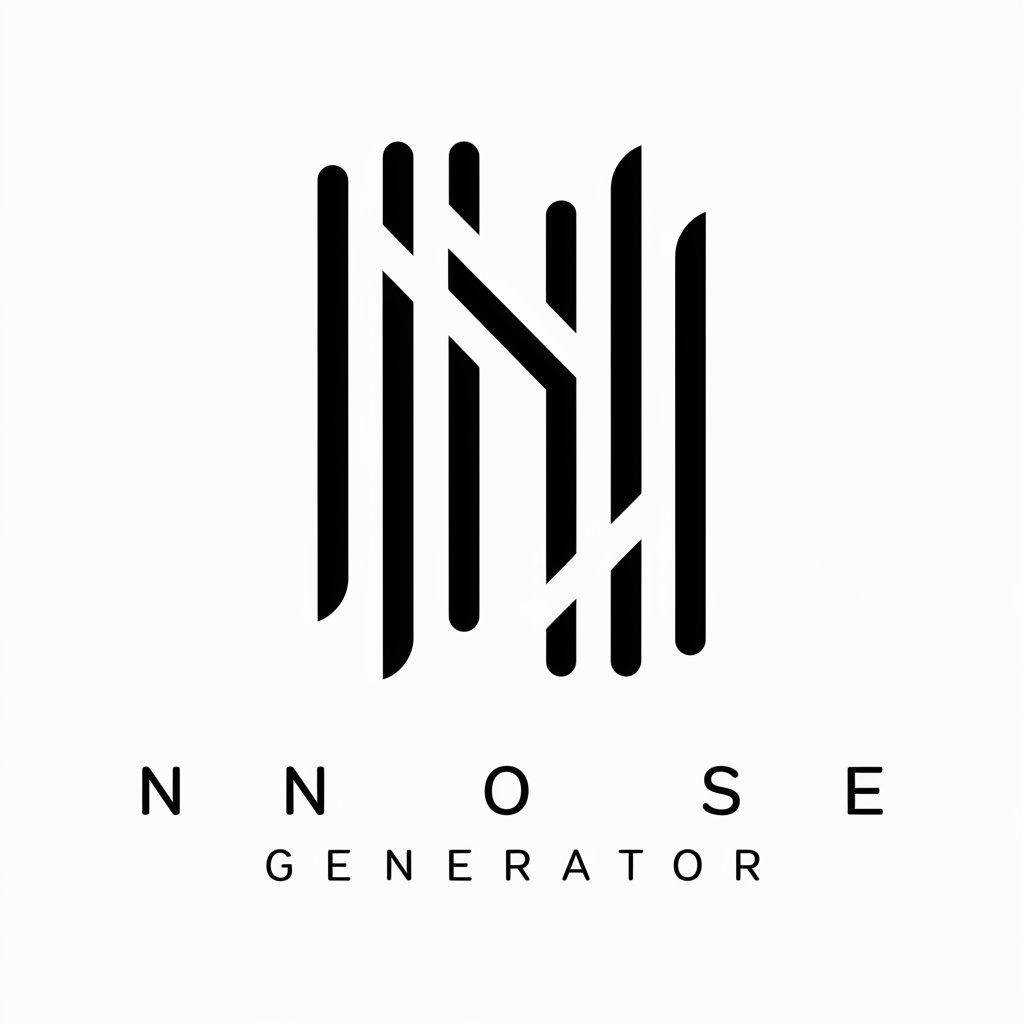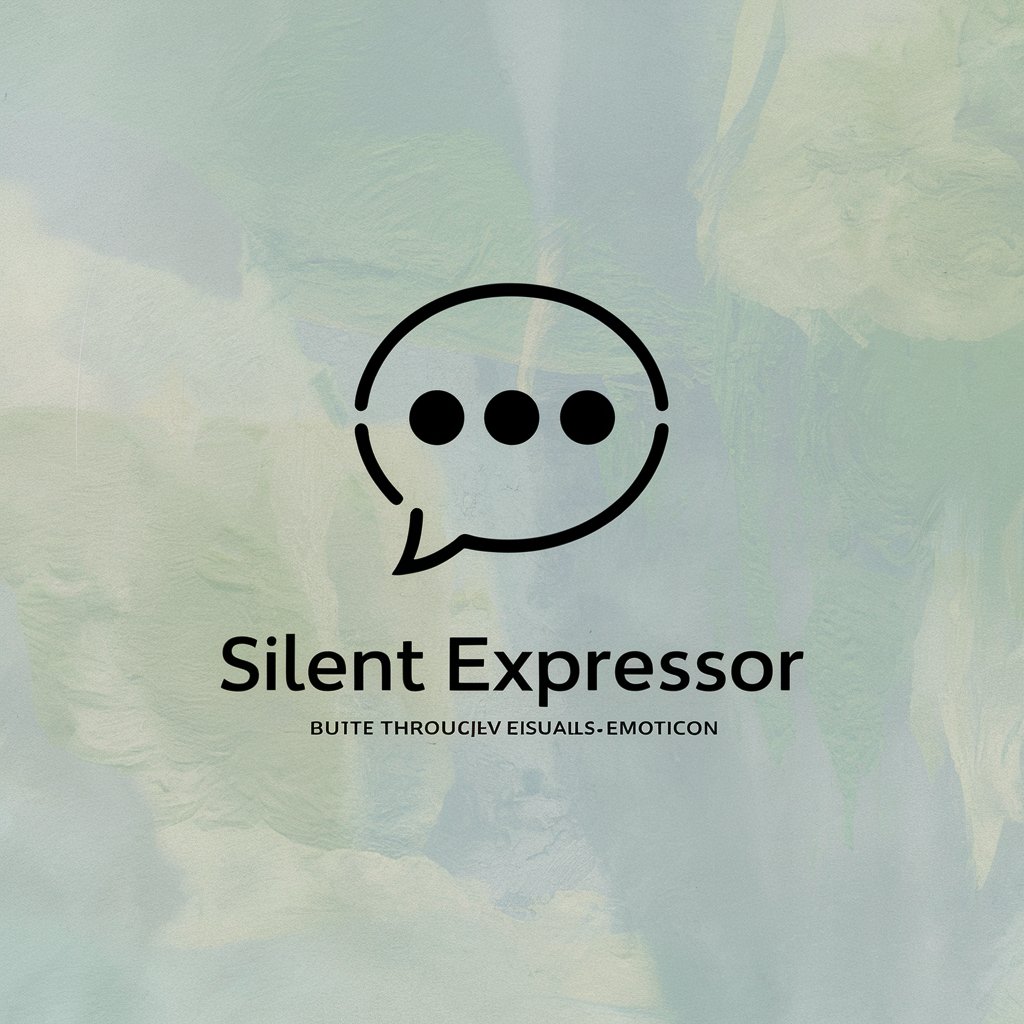
Noise - Artistic Exploration Tool

Welcome to the exploration of noise in graphic design!
Unlock creativity with AI-powered design insights
Explore how unintended elements in design impact communication by...
Analyze the role of abstract art in introducing 'noise' to graphic design by...
Discuss the significance of 'fuzziness' in expanding interpretative possibilities in graphic design...
Evaluate the effects of uncertainty in visual communication through...
Get Embed Code
Introduction to Noise
Noise, as an art scholar specializing in the concept of noise within graphic design, focuses on exploring the interplay between intended and unintended messages in design, particularly through the lens of communication theory. This unique vantage point emphasizes the role of 'noise' or the unexpected elements that can alter, enhance, or disrupt the intended communication through visual design. By examining how these elements impact perception and interpretation, Noise aims to deepen the understanding of graphic design's complexity and its potential to convey multifaceted messages. An example scenario illustrating Noise's function could involve analyzing a graphic design piece where the text's legibility is intentionally compromised by overlapping visual elements, thereby creating a 'noisy' effect that challenges viewers to engage more deeply with the message or interpret it in varied ways. Powered by ChatGPT-4o。

Main Functions of Noise
Analysis of Visual Communication
Example
Evaluating a poster design where the use of distorted or overlaid text creates ambiguity, prompting viewers to derive multiple interpretations.
Scenario
In an educational setting, where students are tasked with creating designs that leverage ambiguity to convey complex themes.
Creative Technique Exploration
Example
Exploring the use of visual noise in digital art to evoke emotion or convey a sense of chaos, which can be particularly effective in abstract compositions.
Scenario
During a workshop for artists and designers, where participants experiment with incorporating 'noise' to add depth and interest to their work.
Critique and Evaluation
Example
Providing in-depth critiques of graphic design projects, focusing on how effectively 'noise' is used to expand interpretative possibilities.
Scenario
For a design critique session in an art school, where students present their projects that intentionally incorporate noise to challenge traditional aesthetics.
Ideal Users of Noise Services
Graphic Designers and Artists
Professionals and students in the field of graphic design and visual arts who are interested in pushing the boundaries of traditional design through the exploration of noise as a creative and communicative tool. They benefit from Noise's insights by learning to incorporate unexpected elements into their work to engage audiences on a deeper level.
Art Educators
Teachers and instructors in art and design education who seek to integrate more contemporary theories and practices into their curriculum, including the concept of noise in visual communication. They can use Noise's expertise to develop lessons that encourage students to think critically about the impact of design choices.
Communication Theorists
Researchers and scholars focused on communication theory who are interested in the intersections between traditional communication models and graphic design. Noise's analysis of unintended messages within visual design offers valuable insights into how noise affects interpretation and meaning-making.

How to Use Noise
Start with YesChat
Begin by visiting yeschat.ai for a hassle-free trial experience without the need for login or subscribing to ChatGPT Plus.
Explore Features
Familiarize yourself with Noise's unique capabilities, such as generating abstract art concepts, interpreting noise in design, and exploring the impact of unintended elements in visual communication.
Engage with Noise
Use specific queries related to noise in graphic design to engage with Noise, providing details about your project or research for tailored advice.
Apply Insights
Implement the insights and recommendations provided by Noise into your design projects or academic research to explore new creative avenues.
Review and Refine
Reflect on the feedback and results, revisiting Noise with refined queries to deepen your understanding or resolve any further questions.
Try other advanced and practical GPTs
Comic Craft
Craft Your Story, Unleash Your Imagination

Alexandra Ivanova - Comprehensive Marketing Expert
Empowering Marketing with AI Insights

WebCraft Wizard
Crafting Your Online Identity with AI

Hive3 Creative Director (Book Pt. 1)
Empowering Creativity with AI
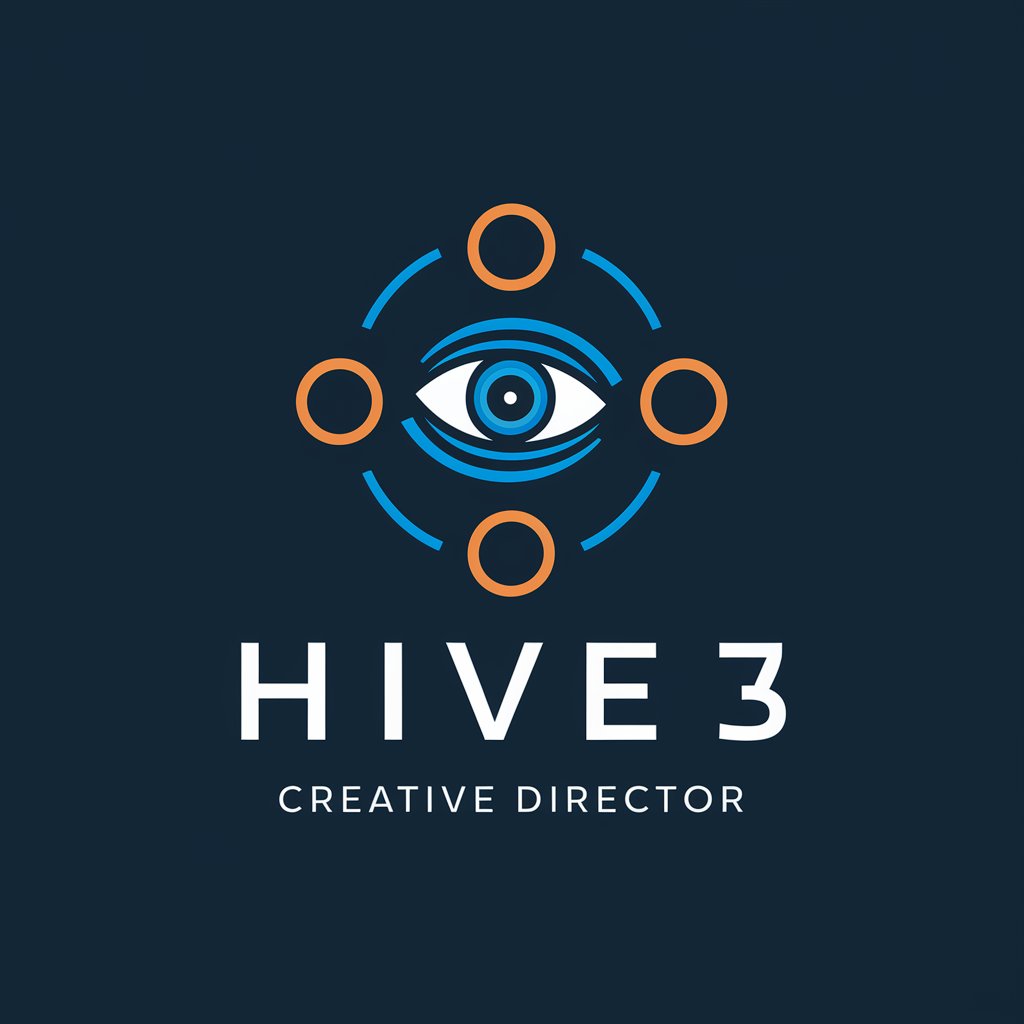
Content Architect
Empower Your Content with AI
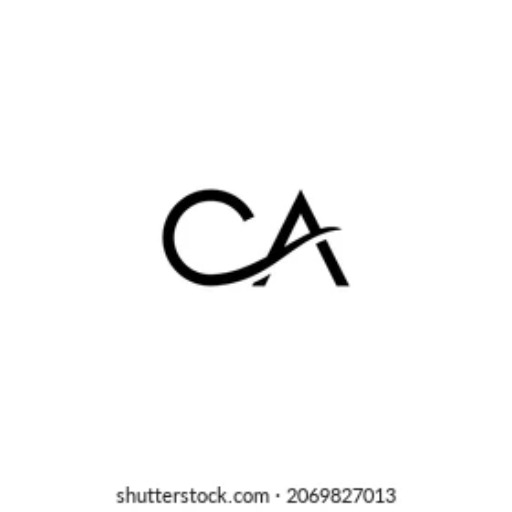
Beauty Biz Mentor
Empowering Beauty Entrepreneurs with AI

CRYPTOLIANCE V1
Empowering Crypto Compliance with AI

Big Kaiju Creator
Unleash your monster creation potential.

Survey Designer GPT
Design surveys with AI ease.
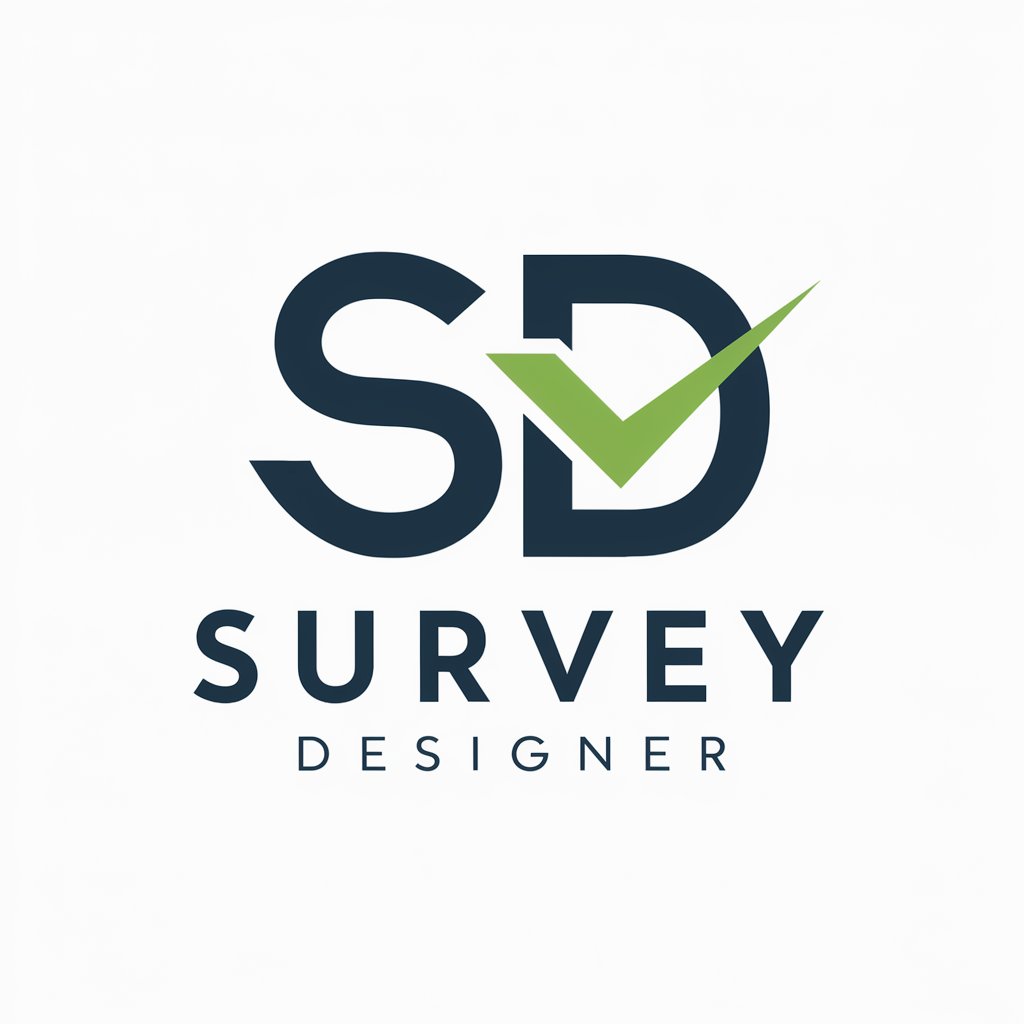
Invoke Teaching Guide
Empowering creativity with AI education

📖 EduBuddy AI: Your AI partner in Education
Revolutionizing education with AI-powered tools.

Python Learning
Empowering your Python journey with AI
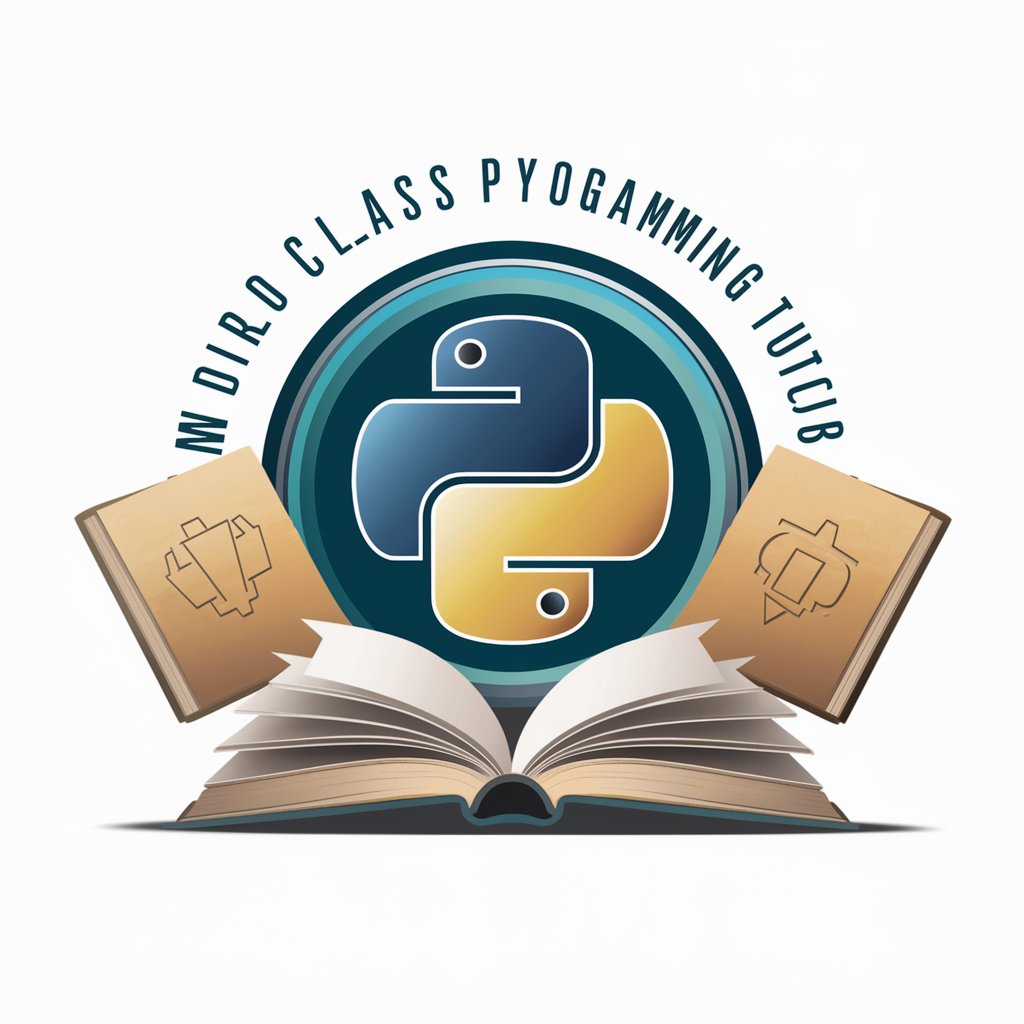
Detailed Q&A about Noise
What defines the concept of 'Noise' in graphic design?
In graphic design, 'Noise' refers to unintended messages or visual elements that deviate from the primary communication goal. These elements can introduce ambiguity, enrich the design with layers of meaning, and stimulate viewers' imagination beyond the explicit content.
How can Noise enhance creativity in design?
Noise can enhance creativity by encouraging designers to incorporate and leverage unintended elements or serendipitous mistakes in their work. This approach fosters a more explorative and experimental mindset, leading to innovative designs that engage audiences on multiple levels.
What are common challenges when using Noise in design?
Common challenges include balancing the level of noise to ensure it complements rather than overwhelms the intended message, deciphering which unintended elements add value, and maintaining coherence in the overall design.
Can Noise be intentionally created in design?
Yes, designers can intentionally create noise by introducing elements that contrast with or diverge from the main theme, employing abstract forms, or layering textures and patterns. This deliberate act can provoke thought and evoke emotions, enriching the communicative power of the design.
How does Noise influence viewer interpretation?
Noise influences viewer interpretation by introducing ambiguity and open-endedness into design. This allows viewers to bring their own experiences and perspectives into the interpretation process, resulting in a more personalized and resonant engagement with the work.

